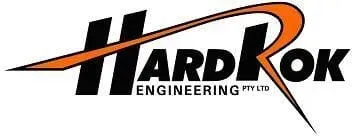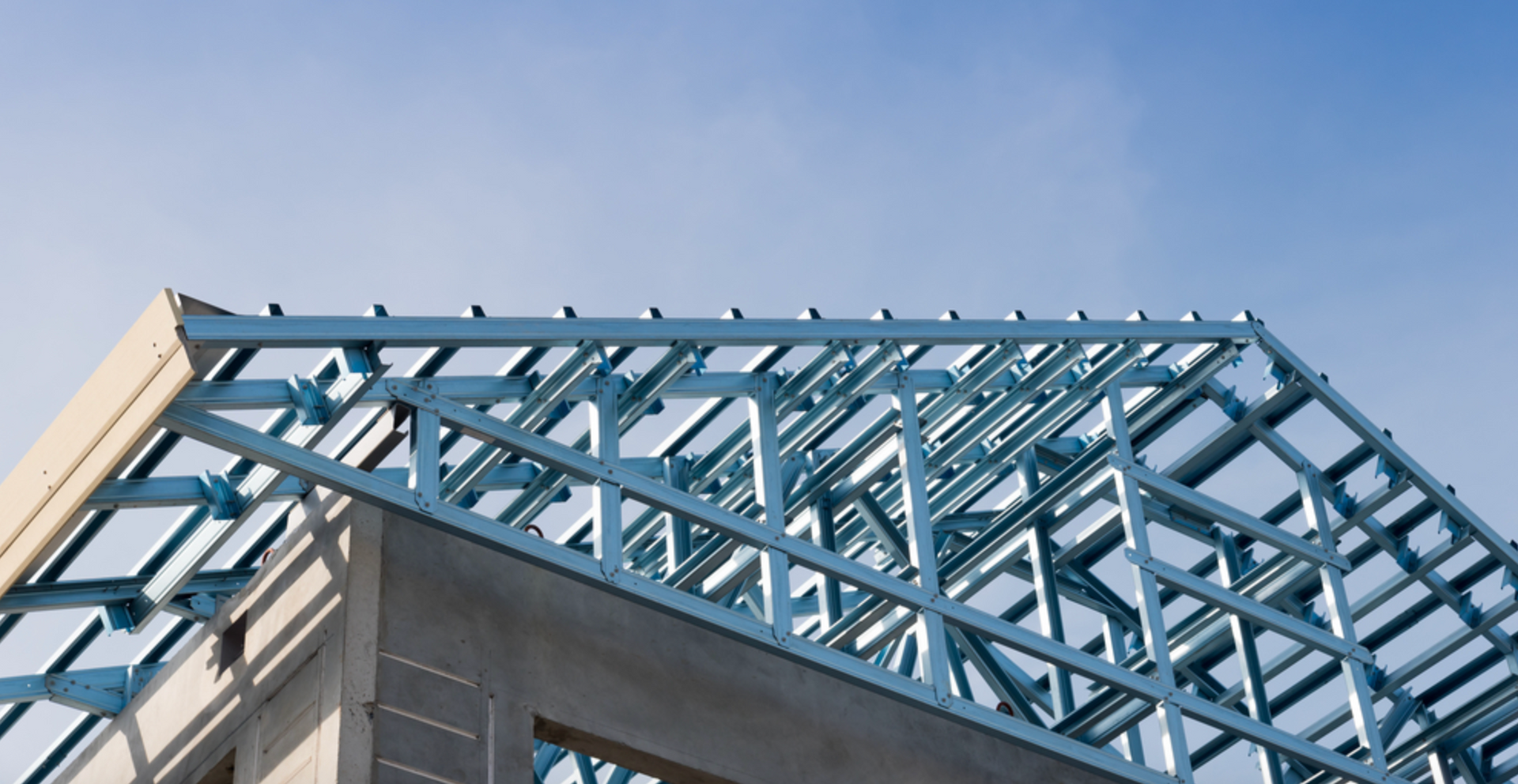Understanding the Different Types of Steel Finishes
Are you working on a project where durability, corrosion protection, or appearance is critical? Choosing the right steel finish can make all the difference. Whether you’re involved in structural engineering, architectural detailing, or custom fabrication, understanding types of steel finishes is a key step in specifying the right solution.
In this blog, we’ll explore the most common steel finishes used in commercial, industrial, and infrastructure applications—highlighting their purpose, benefits, and how they relate to steel fabrication in Mount Isa.
Why Steel Finishes Matter in Fabrication
Steel finishes are more than just surface-level treatments. The right finish supports long-term performance, environmental resistance, hygiene requirements, or simply aesthetic appeal. For industries such as mining, energy, or construction—where steel exposure is constant—choosing an appropriate finish can directly impact service life, maintenance frequency, and safety standards.
When working with a local steel fab in Mt Isa, finishes can often be tailored to suit specific site conditions, compliance requirements, or environmental factors.
Galvanised Steel Finish
Galvanising involves coating steel with a layer of zinc to improve corrosion resistance. This is typically done through hot-dip galvanising, where the steel is submerged in molten zinc.
Benefits:
- Provides long-lasting protection against rust, especially in outdoor and coastal environments.
- Requires minimal maintenance.
- Ideal for structural applications where appearance is secondary to performance.
Common Uses:
- Walkways, handrails, and grating.
- Structural beams and posts.
- Agricultural and industrial frameworks.
For steel fab Mount Isa projects exposed to harsh weather or moisture, galvanised steel is often a practical and reliable choice.
Powder Coated Finish
Powder coating is a dry finishing process where a coloured powder is electrostatically applied to the steel and cured with heat. It creates a uniform, durable coating with a smooth or textured appearance.
Benefits:
- Wide range of colours and finishes available.
- Excellent resistance to chipping, fading, and scratching.
- Provides additional corrosion resistance when combined with galvanised base layers.
Common Uses:
- Architectural facades and decorative steelwork.
- Fencing, balustrades, and handrails.
- Signage and display structures.
This finish is often selected for projects where colour matching or visual appeal is required, while still meeting performance standards in regional Queensland climates.
Mill Finish
Mill finish refers to the steel's surface as it comes from the rolling mill—untreated and uncoated. While it's not a protective finish, it’s commonly used where the steel will undergo further processing or is intended for internal use.
Benefits:
- Cost-effective for structural internal components.
- Easily welded, cut, or machined.
- Acts as a base for further treatment or finishing.
Common Uses:
- Structural supports within buildings or machinery.
- Steel components that will be painted or coated later.
- Internal brackets and reinforcements.
In many steel fab in Mt Isa workshops, mill finish materials are used as the starting point for custom fabrication.
Painted Finish
Painting steel offers protection and appearance flexibility. Applied using brush, roller, or spray, paints can be single-layer or multi-coat systems designed for industrial or architectural use.
Benefits:
- Economical option for indoor or low-exposure steel.
- Allows touch-ups or repainting over time.
- Can include anti-corrosive primers and topcoats.
Common Uses:
- Structural steel in commercial buildings.
- Fencing, panels, and equipment frames.
- Industrial machinery and transport components.
Painted steel is common in Mount Isa construction and infrastructure projects where performance and cost need to be balanced.
Brushed Finish
Brushed steel is achieved by using an abrasive belt or pad to create a uniform, directional grain pattern. This finish is mostly used for aesthetic applications where a modern or industrial look is desired.
Benefits:
- Offers a clean, matte appearance.
- Reduces the visibility of fingerprints and minor scratches.
- Commonly used for decorative or visual applications.
Common Uses:
- Kitchen fit-outs and stainless steel features.
- Commercial interior elements.
- Signage and public structures.
Although not typically used for structural elements, a brushed steel finish is often requested in architectural steel fabrication projects.
Pickled & Oiled Finish
Pickling involves cleaning steel with acid to remove mill scale, followed by oiling to protect the surface from rust. This preparation method is popular before welding, machining, or painting.
Benefits:
- Removes contaminants and oxide layers.
- Provides a cleaner surface for fabrication or further finishing.
- Reduces corrosion risk during storage or transport.
Common Uses:
- Pipework, brackets, and framing prior to coating.
- Sheet and plate products are used in fabrication shops.
- Steel destined for painting or powder coating.
Fabricators offering steel fabrication in Mount Isa often work with pickled & oiled products to prepare components for high-precision use.
Hot Rolled vs Cold Rolled Finishes
While not surface treatments in the traditional sense, hot rolled and cold rolled refer to how steel is processed during manufacturing. Each method results in different finish qualities.
Hot Rolled Steel:
- Processed at high temperatures.
- Has a rougher surface and a mill scale finish.
- Ideal for structural applications and heavy sections.
Cold Rolled Steel:
- Processed at room temperature for greater accuracy.
- Offers a smoother, shinier surface.
- Used for applications requiring tighter tolerances and cleaner finishes.
Choosing between the two depends on your project’s structural and visual requirements.
Key Factors When Selecting a Steel Finish
Each project has different requirements. Consider the following when deciding on a steel finish:
Corrosion Exposure
If the steel will be exposed to water, chemicals, or extreme temperatures, corrosion-resistant finishes like galvanised or stainless steel are preferable.
Maintenance Requirements
For environments needing regular cleaning, such as food or medical industries, brushed or polished finishes on stainless steel are often suitable due to ease of cleaning.
Visual Appearance
Architectural and display applications may benefit from powder coating or polished stainless steel for added colour and shine.
Structural Use
Where structural strength is the priority over appearance—such as in beams or underground supports—a basic mill finish may suffice, with protective coatings added only where necessary.
Budget Considerations
Finishes like hot-dip galvanising and polishing can increase costs but offer long-term value. Balancing upfront expense with lifespan is important for commercial project managers and engineers.
Choose the Right Finish for Your Fabrication Job
Choosing the right steel finish is a critical part of the fabrication process, especially in Mount Isa, where environmental factors can accelerate wear. From hot-dip galvanising to brushed stainless steel, each finish plays a unique role depending on location, use, and long-term maintenance needs.
At HardRok Engineering, steel fabrication in Mount Isa includes a variety of finishes tailored to industrial, commercial, and structural applications. Whether you're managing a large-scale mining project or planning custom steel works for your facility, we can provide finish options that align with both functional requirements and budget expectations. Contact us today to discuss steel finishes for your next fabrication project.








